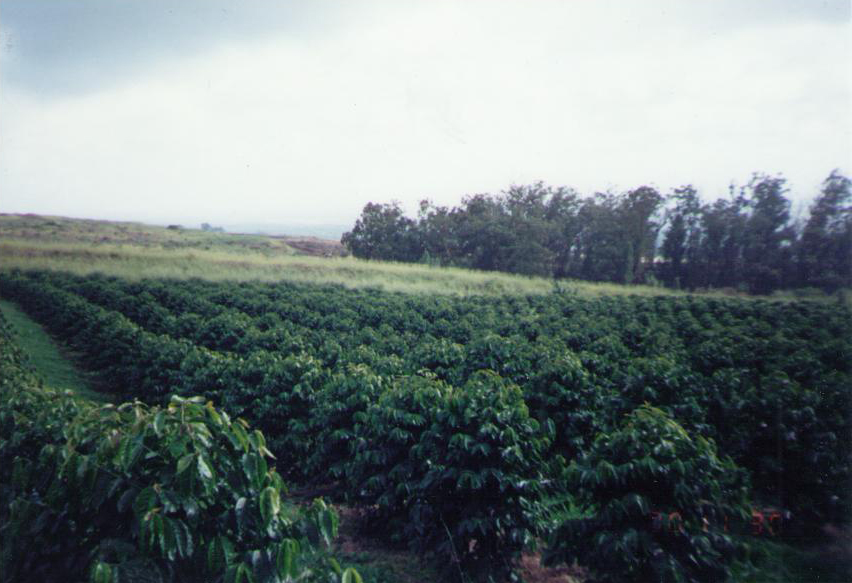
Pumehana's Hawaiian Coffee Farm, established in 1998 by Verna and her late husband Milton Dacalio, is located a quick five-minute drive above Pahala at an elevation of approximately 1,800 feet. The farm specializes in growing Typica coffee and prioritizes quality by harvesting only ripe, red cherries, which are meticulously hand-picked to ensure the best flavor profile.

Don and Adolpho diligently prune the old branches following the picking season, ensuring the health and productivity of their plants while retaining a couple of branches to serve as vital reserves for the upcoming season. This careful management of their crops reflects their commitment to sustainable farming practices and optimal yield.

Pulping cherries daily is essential to maintaining the quality of the beans, as it prevents fermentation and sour flavors, ensuring a superior product. By checking the pulping shoot, Grandson Wayne ensures that the process runs smoothly at the end of each picking day, contributing to the overall efficiency and quality of the coffee production.
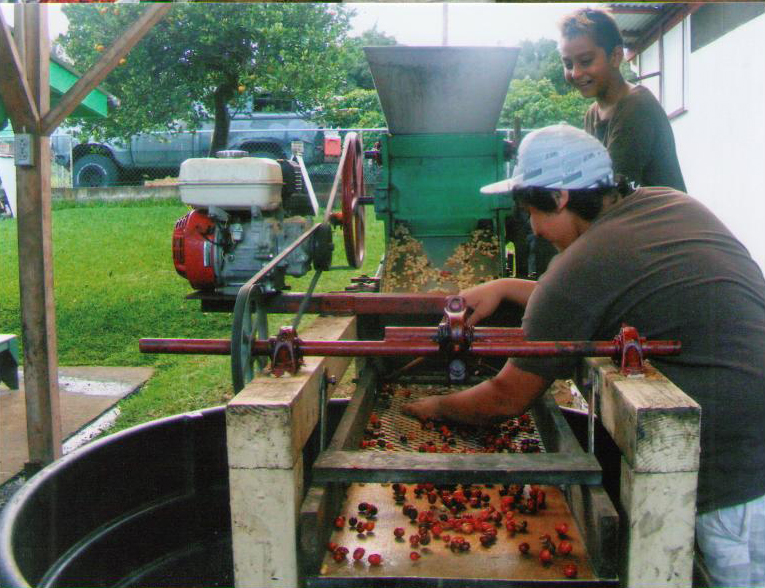
Grandson Morgan plays a crucial role in the coffee-processing workflow by assisting with the shaker, which accelerates the separation of good beans from coffee pulp. After this initial sorting, the selected beans undergo a fermentation process lasting between 12 to 18 hours, enhancing their flavor profile. Following fermentation, the beans are thoroughly washed and placed on drying racks, preparing them for the next steps in coffee production.
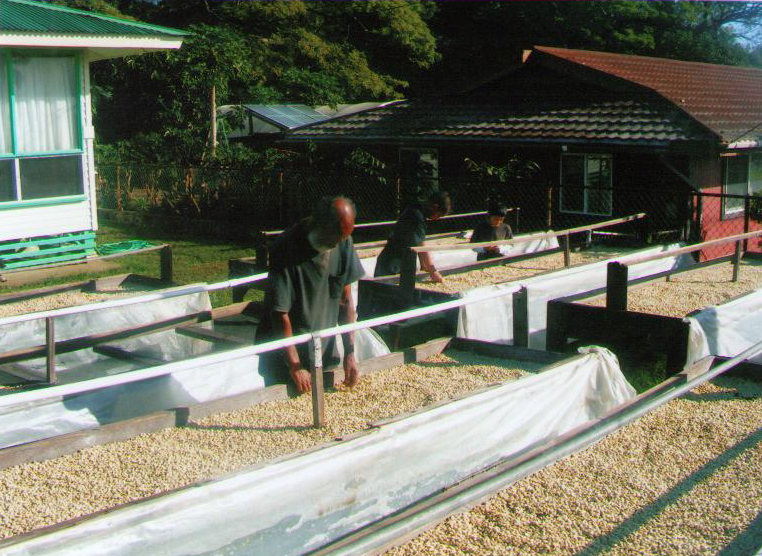
After placing the wet beans on racks for 1 to 2 days to allow for moisture evaporation, careful hand selection is conducted to remove any cracked or damaged beans before transferring them to a larger dryer for the final drying process.
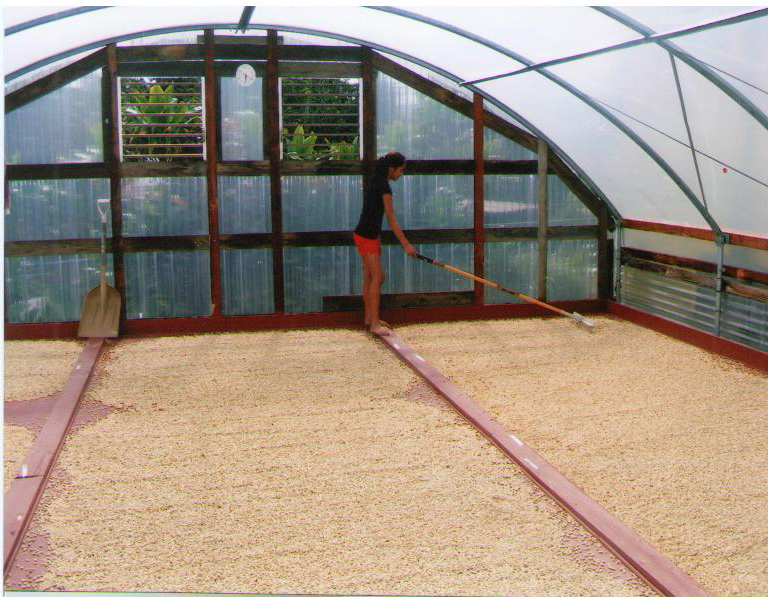
After placing the wet beans on racks for 1 to 2 days to allow for moisture evaporation, careful hand selection is conducted to remove any cracked or damaged beans before transferring them to a larger dryer for the final drying process.
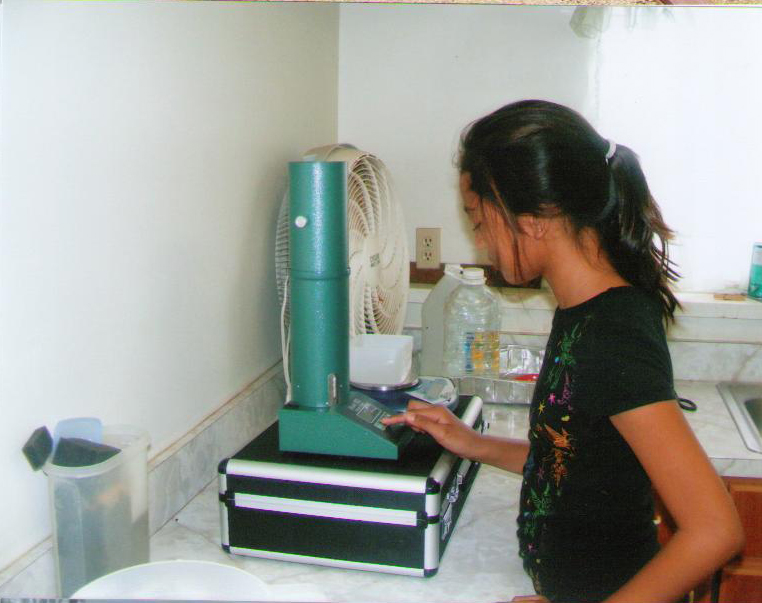
Trystah utilizes a Shore 920 Moisture Meter to accurately check the moisture levels of the beans, ensuring they meet the optimal range for quality before they are bagged.

The parchment bags are stored on pallets in a dry location, stacked in a criss-cross pattern to facilitate air circulation, which helps prevent mold growth and maintains the quality of the beans.
